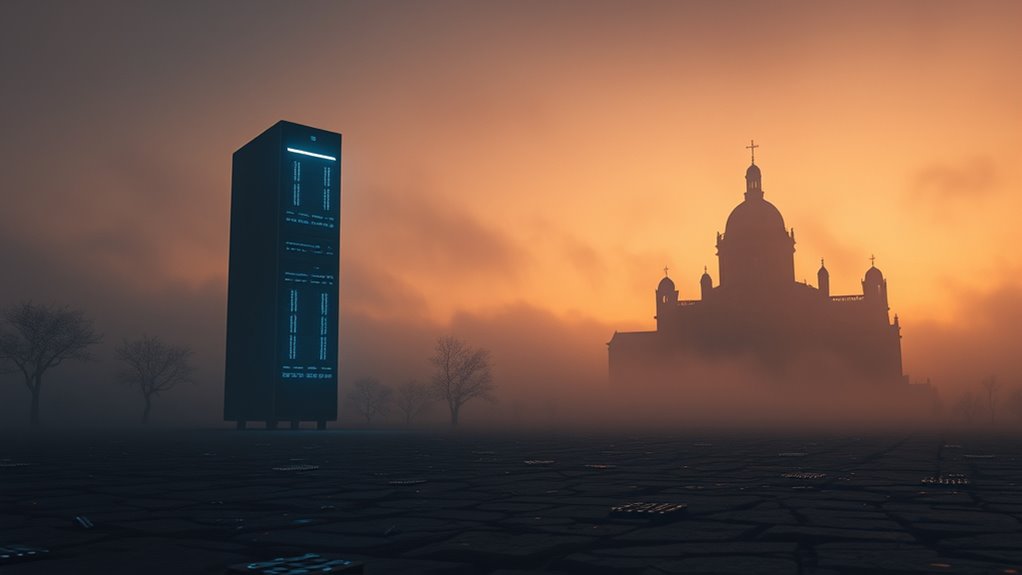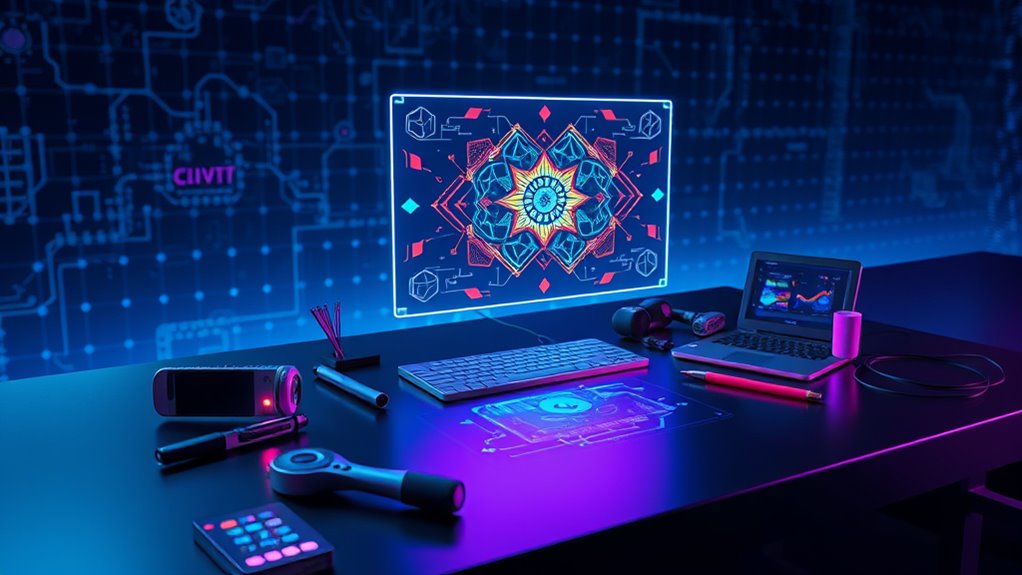Although technology is advancing rapidly, colleges are keeping up by using special tools to spot AI-generated work. These tools help teachers and schools make certain students are doing their own assignments. With AI writing programs becoming more common, colleges need ways to check if essays or tests are written by a person or a machine. They’ve turned to high-tech solutions to maintain fairness in education.
Many colleges use AI detectors like Originality.ai, GPTZero, and ZeroGPT. These programs can look at quizzes, essays, and even discussion posts to see if AI wrote them. Originality.ai is super accurate, with a 97.09% success rate in finding AI content. GPTZero helps tell the difference between human and AI essays across many subjects. Another tool, Scaffold AI Detection, powered by GPTZero, checks the style and structure of writing to catch AI work in schools. Research shows that Originality.ai often outperforms competitors with its exceptionally accurate performance in detecting AI-generated text.
Colleges rely on AI detectors like Originality.ai and GPTZero to spot AI-written essays and quizzes, ensuring academic integrity with impressive accuracy.
These detection tools use cool tricks to spot AI writing. They look at how sentences are built and search for specific phrases AI often uses. They even use machine learning, a kind of smart computer thinking, to find patterns. Some tools are trained with real student writing to make them better at catching AI in schoolwork. It’s like using AI to fight AI, which is pretty clever. Additionally, tools like TurnItIn have integrated AI detection models to provide educators with a percentage score indicating the likelihood of AI-generated content in submissions integrated AI detection.
Colleges also blend these tools into their systems. Programs like Turnitin and Winston AI Detection check thousands of student submissions every day. They make reports that show if AI might’ve been used. This helps schools keep academic honesty alive. Plus, these tools can handle tons of work without needing people to check everything by hand. Many institutions also integrate these detectors into learning management systems for seamless analysis of student work learning management systems.
But it’s not all perfect. Sometimes, these tools make mistakes and think a person’s writing is AI. New AI programs can also trick detectors, so the tools need updates. There’re also worries about student privacy since data gets collected. And setting up these systems can take a lot of effort and resources.
Still, colleges keep using tools like Passed.ai and ZeroGPT, which claim high accuracy. They’re working hard to stay ahead of AI tricks and ascertain students’ work is their own. It’s a big challenge, but schools aren’t giving up.









